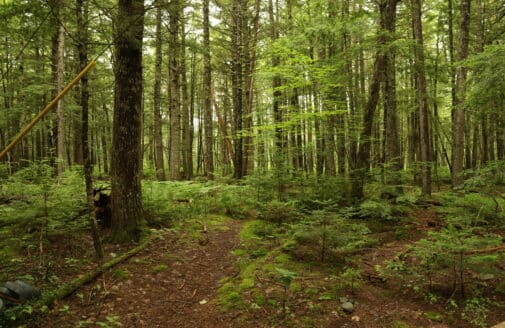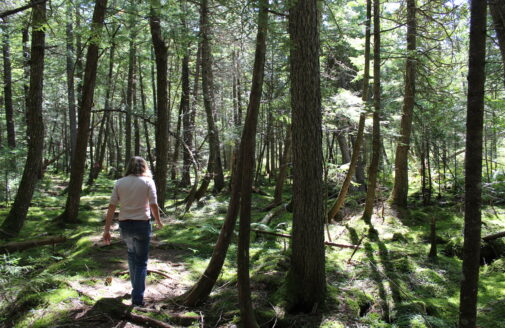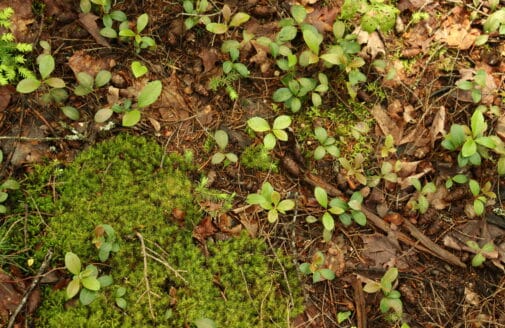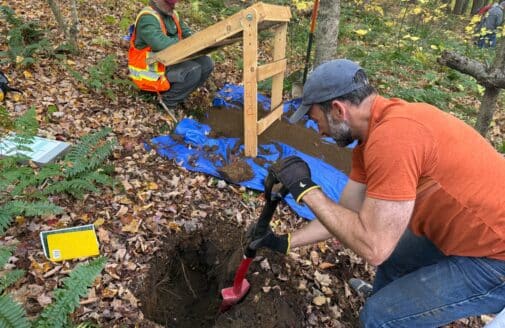Climate scientists warn against burning biomass as clean energy solution
Experts from Woodwell Climate Research Center urge IRS and Treasury Department to adopt more rigorous guardrails regarding the use of wood for bioenergy in the agencies’ proposed guidance on clean electricity tax credits
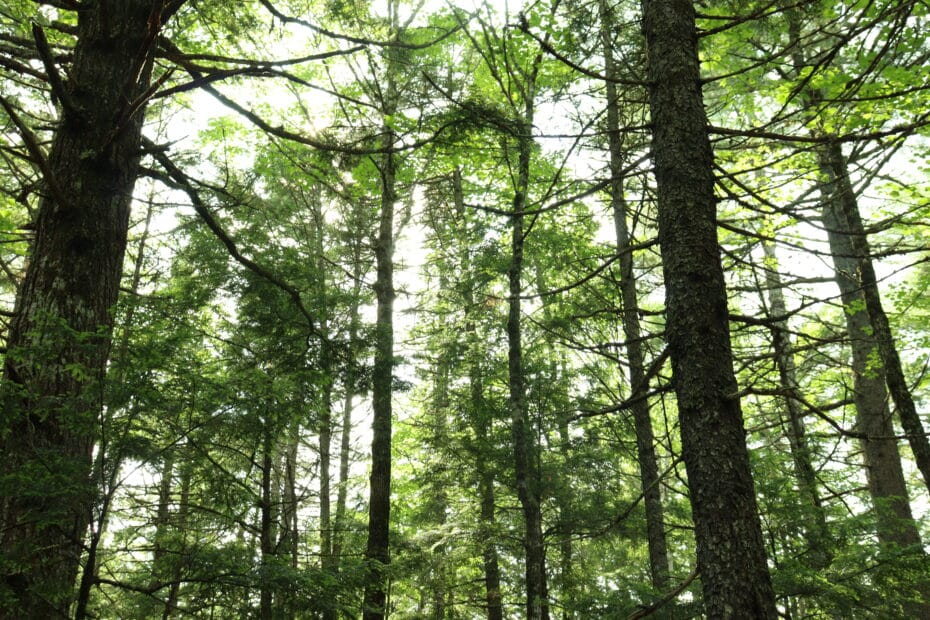
Howland Forest, a mature forest in the Northeastern U.S.
photo by Jonathan Kopeliovich
In recent public comment, scientists at Woodwell Climate Research Center warn against the use of the Inflation Reduction Act’s (IRA) clean electricity tax credits to support biomass as an effective clean energy solution. Scientists cited its higher carbon footprint per unit energy compared to burning fossil fuels, and highlighted that claims to offset these emissions by planting trees are misleading, as new trees take decades to centuries to recapture lost carbon. The comment, submitted in response to the Internal Revenue Service (IRS) and U.S. Department of Treasury’s proposed guidance on the Clean Electricity Production Credit and Clean Electricity Investment Credit, advocates for more rigorous guardrails from the agencies regarding the use of wood for bioenergy, greater regulatory clarity, and more accurate accounting of emissions from wood-burned fuel.
The Clean Electricity Production and Investment Credits were designed to provide incentives “to any clean energy facility that achieves net zero greenhouse gas emissions.” The proposed guidance, released in June, is intended to clarify and add certainty around how to measure and define “net zero,” and how clean energy production facilities can qualify for these incentives.
In their comment, however, scientists emphasize more work must be done to achieve this goal: “The content of the proposed guidance is ambiguous or even conflicting about some parts of the rule regarding sources of forest bioenergy,” they write. “Parts of the guidance should be made much clearer and more definitive to ensure that there are no unintended consequences. Guardrails could be put in place to avoid the many ways that increasing use of wood for bioenergy would increase emissions rather than having the desired effect of decreasing emissions. It is also important to consider the many values of forests beyond climate mitigation, such as timber, biodiversity, water, and recreation.”
Scientists also note the proposed guidance does not properly account for the net emissions associated with forest bioenergy—all of which contribute to its high carbon footprint and add to concerns from experts that biomass can actually worsen the climate crisis—including those from harvesting intact forests, logging debris, transporting woody biomass, and converting biomass to fuel, as well as from feedstock, fertilizers, and forest management practices like thinning, where live trees are removed to reduce wildfire risk or promote forest growth, and more.
Because many of these emissions are left out, the proposed guidance overestimates the potential of forest bioenergy to achieve the IRA’s intended goal of lowering emissions, and further fuels incorrect assumptions that biomass energy is an effective, carbon-neutral alternative to fossil fuels.
Throughout the comment, scientists offer recommendations to help decision makers more accurately incorporate and represent these emissions in policy. For example: 1) account for both direct and indirect emissions; 2) avoid the fallacy of assuming carbon neutrality; and 3) take a case-by-case approach to calculate the counterfactual emissions, or what the emissions would have been had the wood or biomass not been used for bioenergy; among others.





